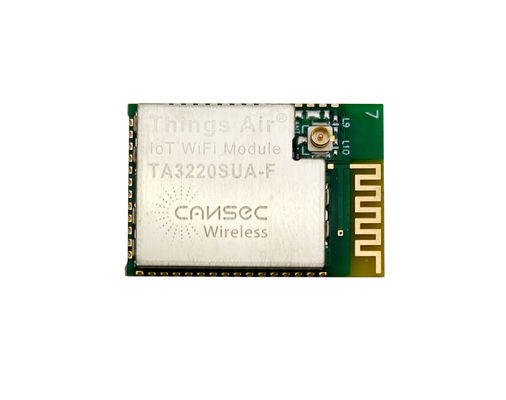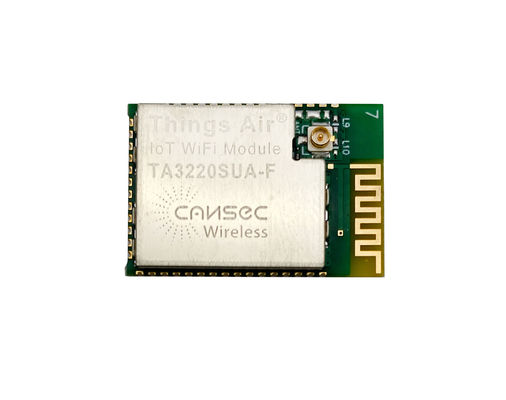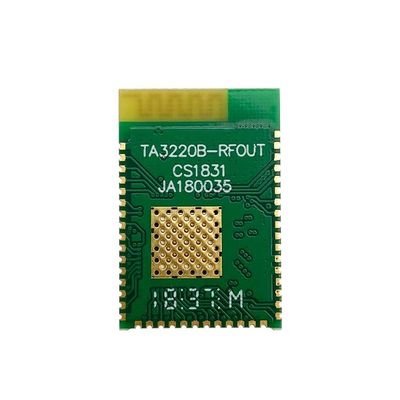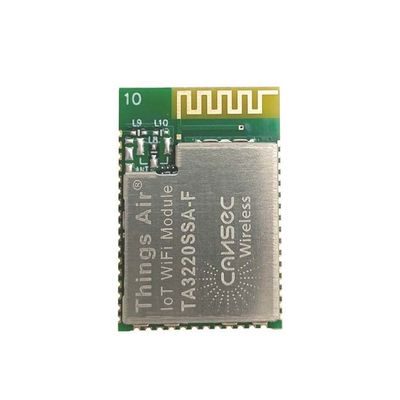FAQ
Q1: Are you a factory or trade company?
A1: We are a professional factory with 25 years experience.
Q2: Can you accept OEM/ODM?
A2: Sure, we have rich OEM&ODM experience.
Q3: Do you have quality assurance?
A3; Each of our products has undergone quality testing and has two years of free after-sales service.
WLAN Roaming
DefinitionRoaming, or handover, also called wifi roaming represents the action that consists for a station to change access point (AP) without losing its network connectivity.
Level 2 (and 3) mechanism: see OSI model
802.11.f protocol in 2003
Applications
Many apps can bear to lose/recover internet connection but some must keep it
Examples: VoIP, streaming, ...
Classification
Roaming intra-ESS (Internal Roaming): the mobile goes from one AP to another AP within the same wireless network
Inter-ESS (External Roaming) roaming: the mobile moves in the WLAN of another wireless internet service provider or Wireless Internet Service Provider (WISP)
Association - disassociation
A station wishing to use the network must associate with the access point. Thanks to this association, the station is part of the access point's BSS. She can then, use the services of the access point. The attachment between the station and the access point is broken through disassociation.
Distribution
It’s this service that needles the wefts. It allows a station to send frames through the distribution system (DS) of a BSS or ESS.
Integration
The integration service allows the different access points to communicate by a channel other than 802.11, most often this is a local area network.
Performances
Roaming, although functional, is very slow, too much for Voice over IP (VoIP)
Slowness mainly due to the slowness of the authentication mechanism
The additional standards that were supposed to improve roaming were not completely finalized.
Lack of interest on the part of market players, both in free software and in proprietary software.
Failure of the 802.11f standard which was withdrawn in 2006 by the IEEE
Evolution of WiFi roaming
Evolution of the 802.11i standard (authentication by WAP2)
Proprietary solutions: obligation to choose a builder for roamer
In order to overcome the problem of roaming with VoIP, the IEEE is looking into the use of the GSM network associated with Wifi

 Your message must be between 20-3,000 characters!
Your message must be between 20-3,000 characters! Please check your E-mail!
Please check your E-mail!  Your message must be between 20-3,000 characters!
Your message must be between 20-3,000 characters! Please check your E-mail!
Please check your E-mail! 





